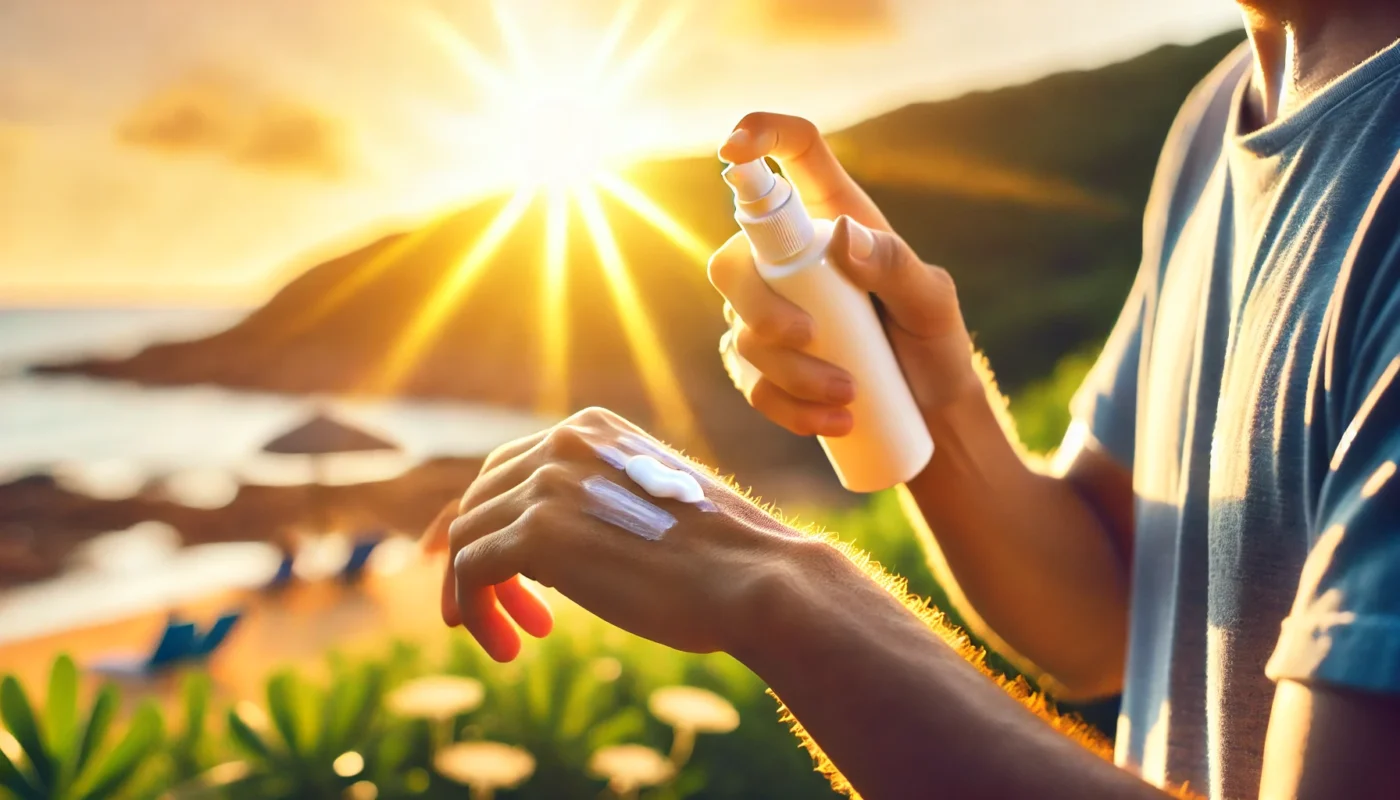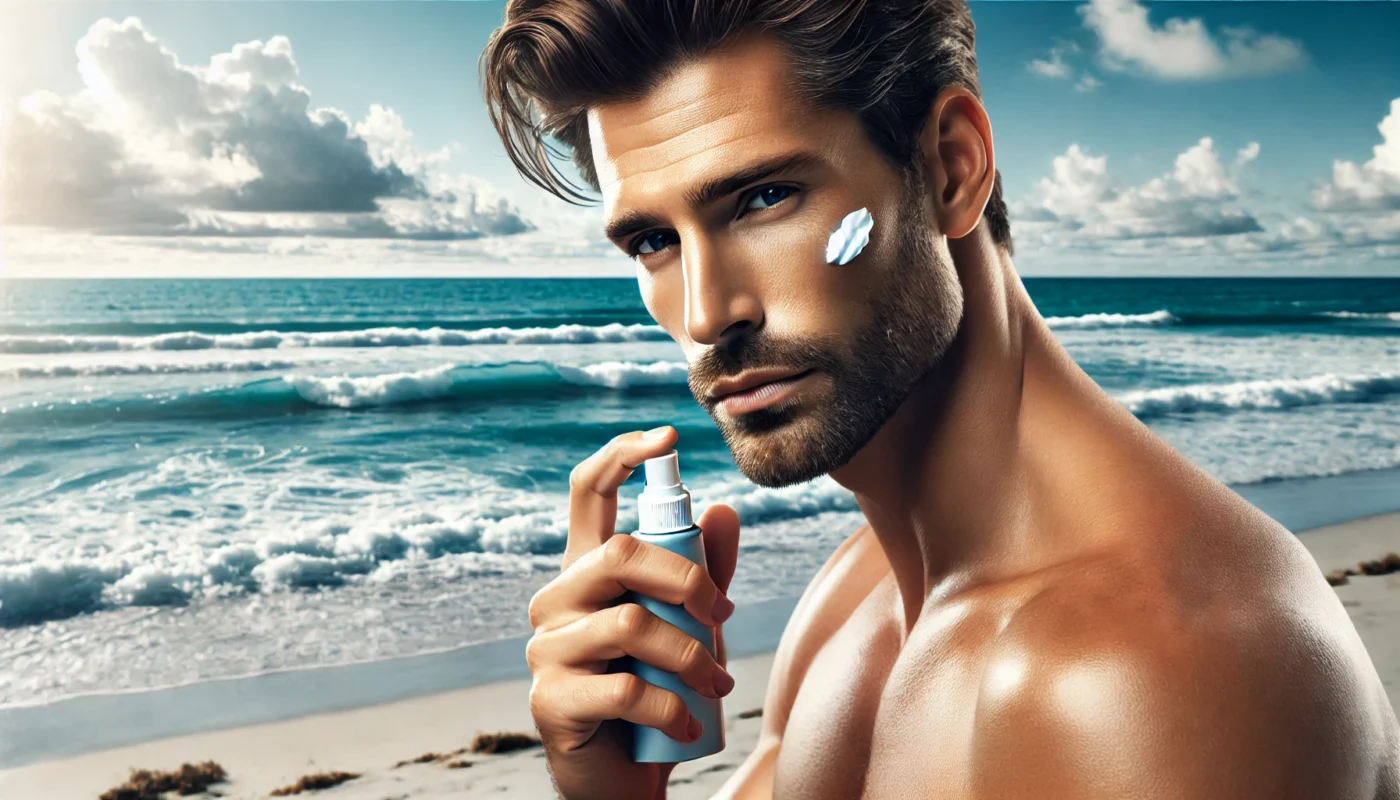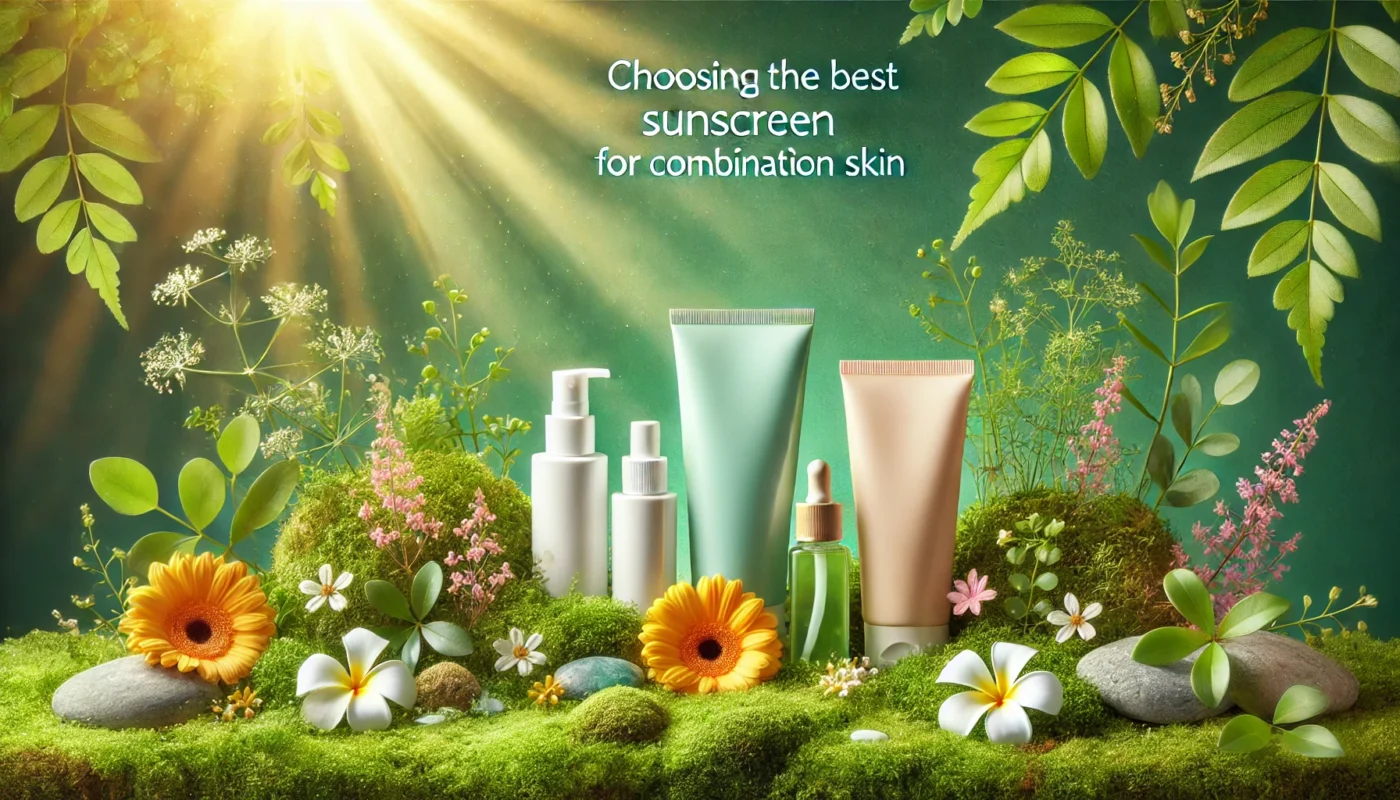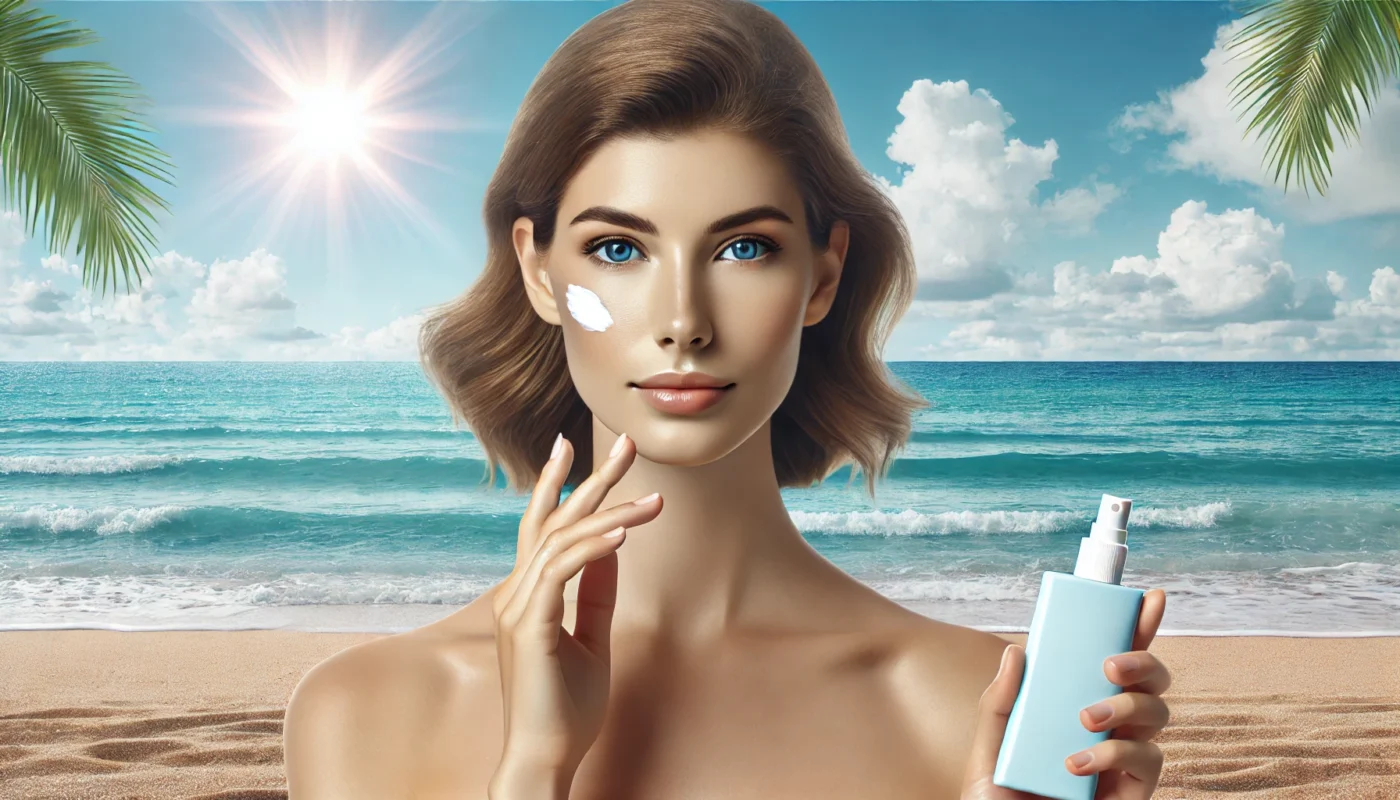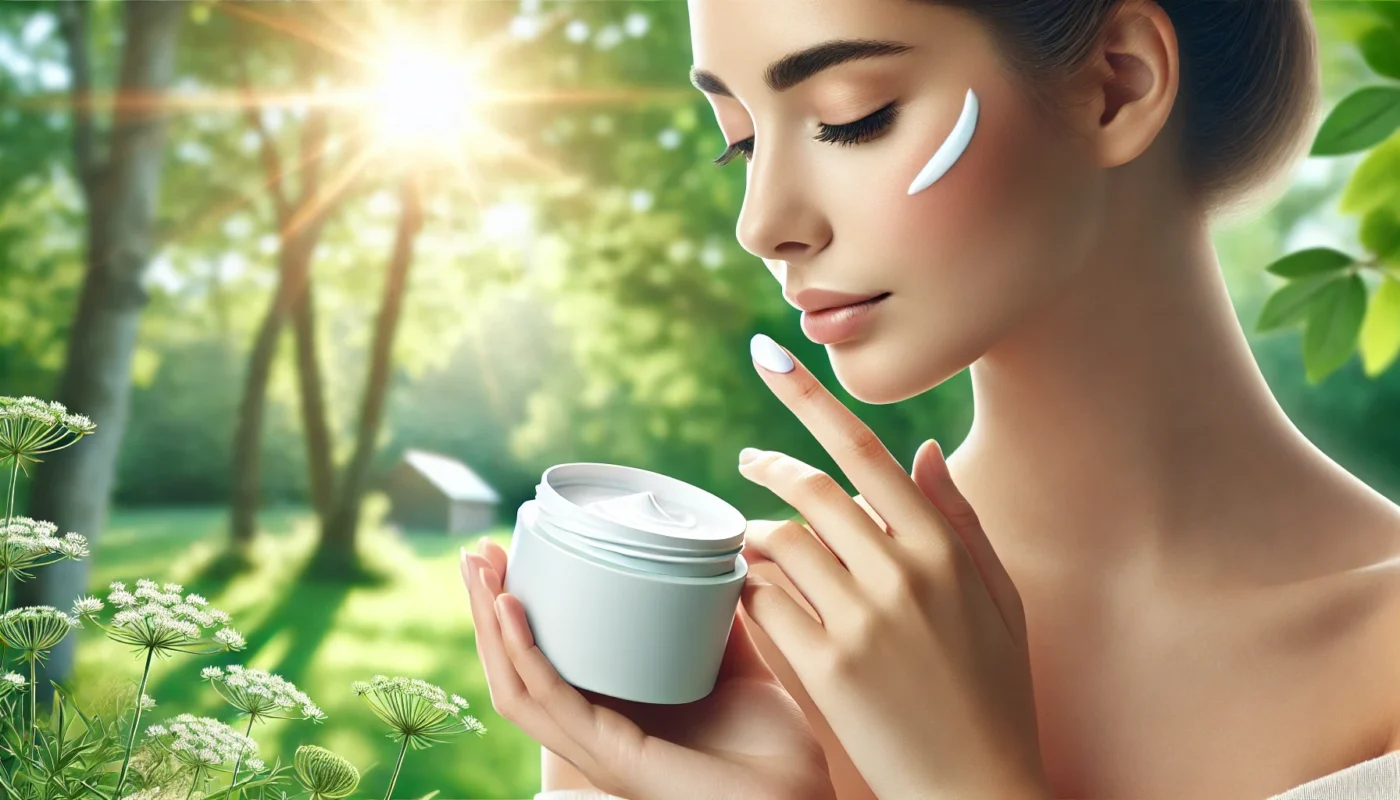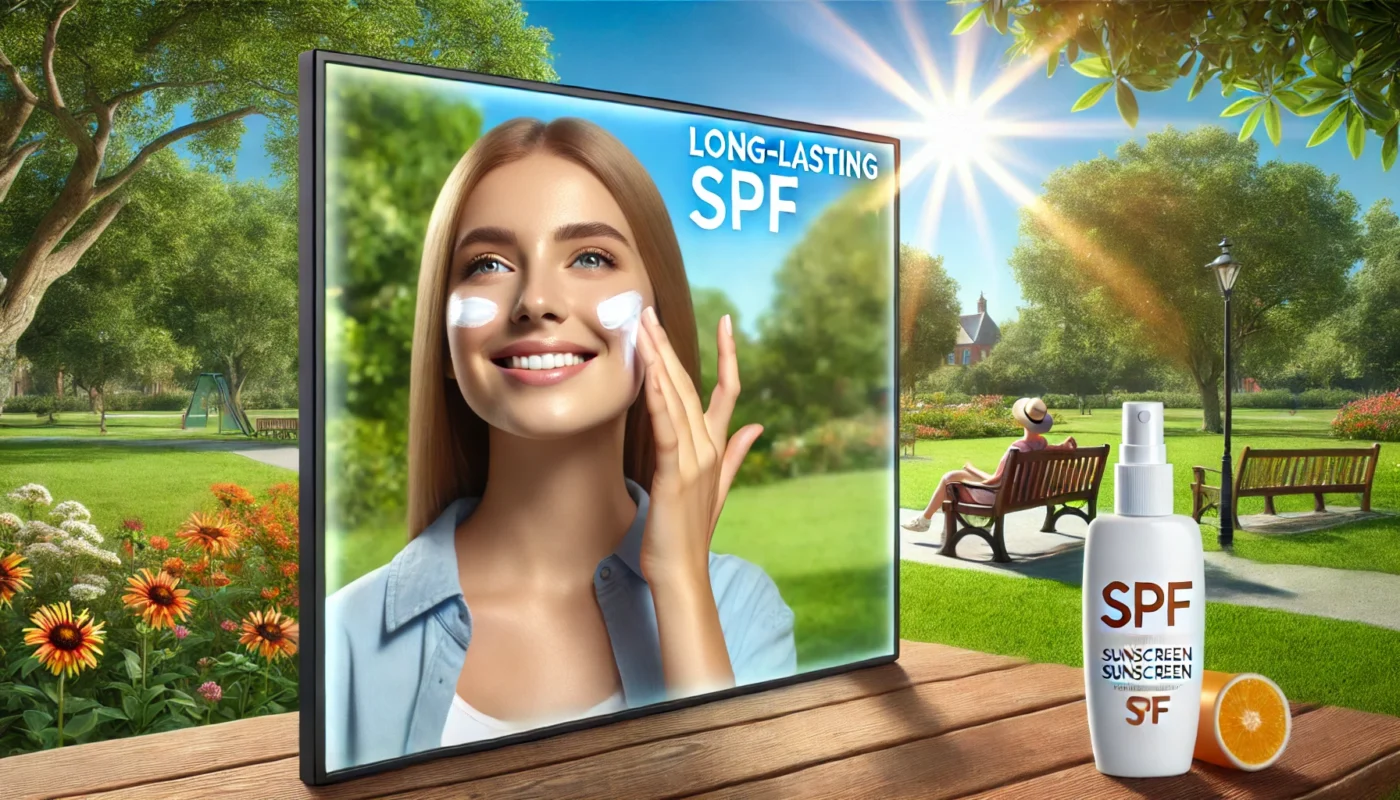The timing of sunscreen application is crucial. Applying sunscreen 15 minutes before sun exposure is a guideline rooted in the functionality of chemical sunscreens. These sunscreens contain organic compounds that need time to absorb into the skin and form a protective barrier against ultraviolet (UV) radiation.
Tag Archives: sunscreen
Sensitive skin is characterized by heightened reactions to both environmental factors and topical products. This can manifest as redness, itching, burning, or dryness. Understanding the nature of sensitive skin is crucial when choosing the right sunscreen, as many formulations can exacerbate these issues.
Sunscreen is a crucial part of any skincare routine. It protects our skin from harmful UV rays, reducing the risk of sunburn and skin cancer.
But applying sunscreen isn’t as simple as slathering on some lotion and heading out the door. There’s a science to it, and understanding this can help you maximize your sun protection.
This comprehensive guide will delve into the intricacies of sunscreen application. We’ll explore the science behind UV radiation and how different types of sunscreens work to shield your skin.
We’ll also discuss how to choose the right sunscreen for your skin type. Whether you have sensitive, oily, dry, or mature skin, there’s a sunscreen out there for you.
One common challenge is applying sunscreen to hard-to-reach areas like the back. We’ll provide practical tips and step-by-step guidance on how to tackle this.
Sun protection is a crucial aspect of men’s skincare. Yet, it’s often overlooked or misunderstood.
This article aims to shed light on the importance of sunscreen for men. It will delve into the science behind sun damage and the role of sunscreen in preventing it.
We’ll explore the differences between UVA and UVB rays, and how they affect your skin. We’ll also demystify SPF ratings, helping you understand what these numbers mean for your protection.
The article will guide you through the selection of the best sunscreen for your skin type. Whether you have sensitive skin or are looking for the best facial sunscreen, we’ve got you covered.
We’ll provide practical tips on how to effectively apply and reapply sunscreen. Plus, we’ll discuss the importance of incorporating sunscreen into your daily routine.
Sun protection is a crucial aspect of skin health. It’s a topic that concerns everyone, from fitness enthusiasts to health-conscious individuals, and even medical patients.
Water-based sunblock for the face is a product that has gained popularity in recent years. But what makes it stand out from other sun protection products?
This comprehensive guide aims to shed light on this question. We’ll delve into the science behind water-based sunblock, explaining how it works and why it’s beneficial for your skin.
We’ll also discuss the practical aspects of using water-based sunblock. This includes how to choose the right product, how to apply it correctly, and how to integrate it into your daily skincare routine.
Moreover, we’ll explore the role of sunblock in a holistic health approach. We’ll discuss how it contributes to overall wellness, not just by protecting your skin from harmful UV rays, but also by supporting a balanced lifestyle.
Sunscreen is a crucial part of any skincare routine. It protects your skin from harmful UV rays, reducing the risk of skin cancer and premature aging.
But how do you apply sunscreen on your face correctly?
This guide will provide you with a comprehensive understanding of sunscreen application. We’ll delve into the science behind it, explaining the difference between UVA and UVB rays, and the role of SPF.
We’ll also guide you on how to choose the right sunscreen for your skin type. Whether you have oily, dry, or sensitive skin, there’s a sunscreen out there for you.
Then, we’ll walk you through a step-by-step process of applying sunscreen. From the amount you need to use, to the correct technique, we’ve got you covered.
Choosing the right sunscreen can be a daunting task. Especially when you have combination skin.
Combination skin, characterized by both oily and dry patches, requires a careful balance. You need a sunscreen that moisturizes dry areas without exacerbating oiliness.
Understanding the science behind sun protection is key. It helps you make informed decisions about the products you use.
This guide aims to demystify the process. We’ll delve into the specifics of UVA and UVB rays, and the role of SPF in sun protection.
We’ll also explore the differences between physical and chemical sunscreens. And how to identify which is best for combination skin.
In this comprehensive guide, we will explore the best sunscreen options for fair skin, shed light on the importance of sun protection, and provide practical advice to keep your skin healthy and radiant. By delving into the science behind sunscreens, examining key ingredients, and offering application tips, we aim to empower you with the knowledge to make informed decisions for your skin care routine.
Sun block cream, often synonymous with sunscreen, is a topical product designed to protect the skin from the damaging effects of ultraviolet (UV) radiation. These creams can prevent sunburn, reduce the risk of skin cancer, and help prevent premature aging.
When it comes to safeguarding your skin from the sun’s harmful rays, choosing the right sunscreen is crucial. But with so many options available, is there a sunscreen that lasts all day? In this comprehensive guide, we’ll delve into the intricacies of sun protection, explore the science behind SPF, and offer practical advice for selecting a sunscreen that provides long-lasting protection.
Understanding SPF and Its Importance
What is SPF?
SPF, or Sun Protection Factor, is a measure of how well a sunscreen can protect skin from UVB rays, the kind of radiation that causes sunburn and contributes to skin cancer. SPF is a relative measure, indicating how much longer you can stay in the sun without burning compared to unprotected skin.
For example, if you would normally burn in 10 minutes without protection, an SPF 30 product should theoretically allow you to stay in the sun 30 times longer, or 300 minutes, without burning. However, this is an ideal scenario, and various factors can affect actual protection. These factors include the amount of sunscreen applied, the individual’s skin type, and environmental conditions, which can all alter the effectiveness of the SPF rating.

